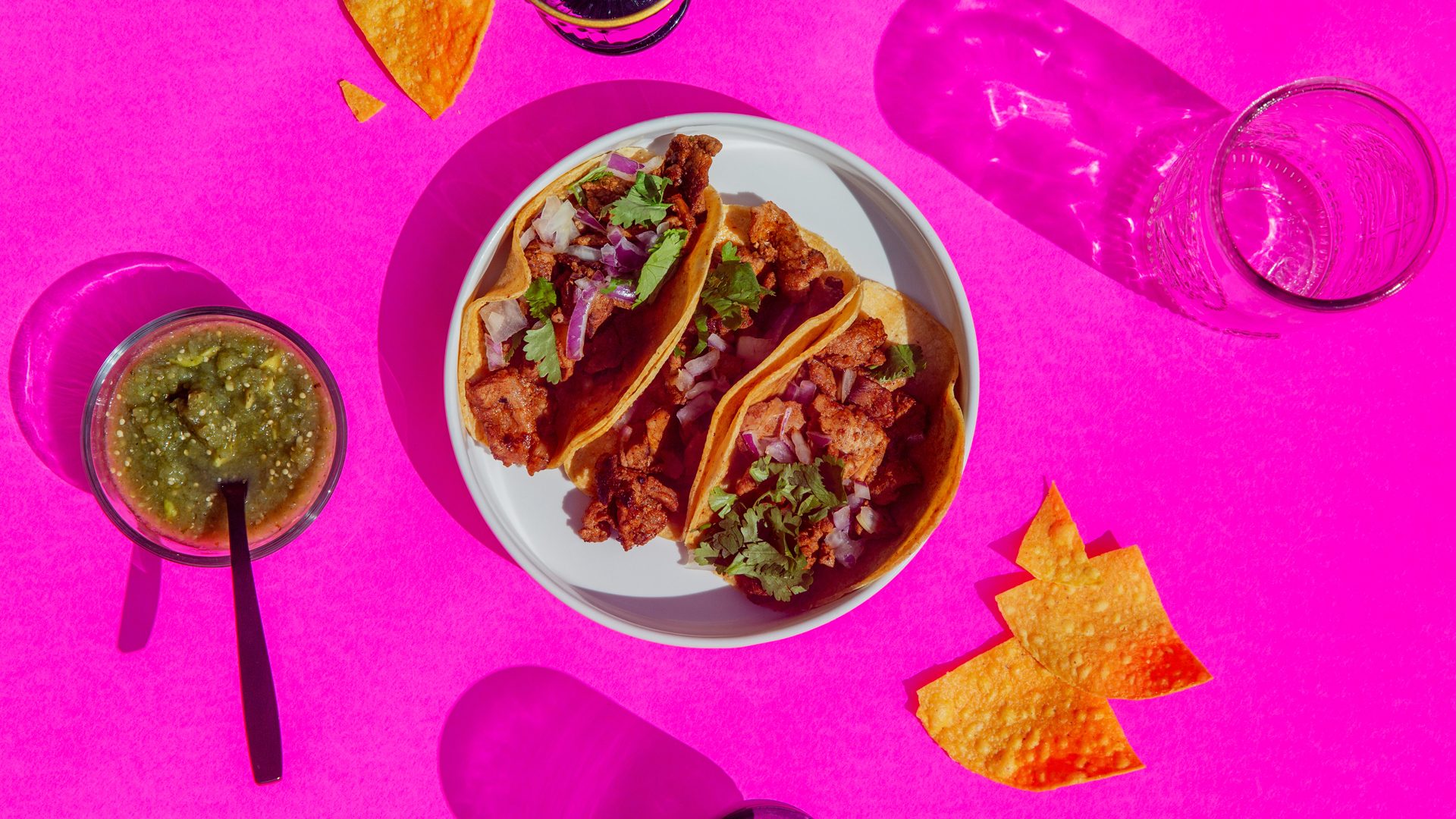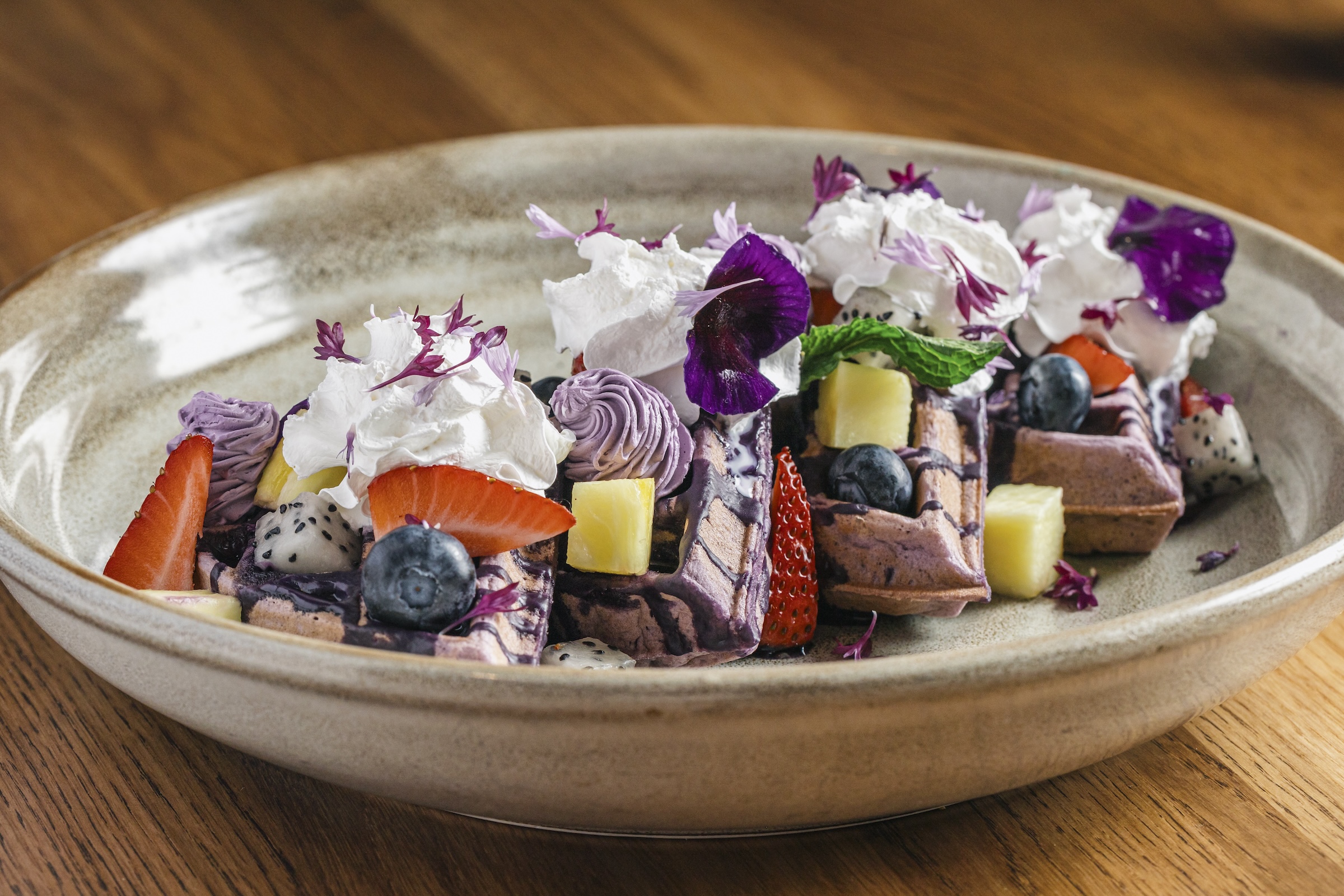Like many Americans, tofu was not the first thing that came to mind for Will McNair when thinking about the future of cuisine.
Or cuisine at all, really.
But today, McNair is the worldwide director of oil and soyfood programs at the U.S. Soybean Export Council.
“Tofu has been around for millennia,” McNair said in an interview with The Food Institute, “and soybeans are the No. 2 crop grown in the U.S.” To make tofu, McNair said the process is simple: soak the bean; de-hull it; grind it into a slur; filter off the bits. Put simply, that produces soy milk, and a simple coagulant is all that is needed to bind the proteins together to produce another end product – tofu.
“We’ve seen a lot of growth in the U.S. for tofu consumption, but have a ways to go – Americans don’t consume that much per capita compared to other parts of the world, and the ways in which we do so are in a much more limited market,” he added, clarifying that in Southeast Asia and North Asia – where tofu has been consumed for centuries as a primary meal – tofu is an everyday food, not just one consumed by vegetarians or people watching their health.
That particular aspect of American culinary culture may be changing, however, slowly but surely. Since 2015, American soy farmers have reduced their collective carbon footprint by 19% while increasing yields by 24%. This twofold approach to growing soybeans and producing soy products (and tofu) was achieved by focusing on soil health, water quality, and land efficiency, as well as exciting advances in agritech, pesticide application, energy consumption, and renewed, high-efficiency manufacturing abilities. From machine-learning predictive models for the quality of tofu to Goodyear’s soy-based tires for thousands of vehicles owned and operated by the federal government, soybean production, cultivation, harvesting, and production into tofu and other soy-based products is a high-science, big-money industry, one that bears a little investigation and reflection.
One barrier remains for most consumers and stakeholders, however – tofu just ain’t that familiar to most people. But an American renaissance of soy may be at hand, and with it, a venerable medium for everything from spicy Asian flavors to alt-meat options – tofu.
Digging into the High-Protein Curd Block
The New York Times recently published a story about the purported and misunderstood nutrition of tofu. Per the story, a three-oz. serving of tofu packs quite a nutritional wallop: 4-14 grams of protein. All nine essential amino acids. B vitamins, healthy unsaturated fatty acids and minerals like zinc, iron, calcium, and magnesium. Research shows that tofu also holds promising potential for heart and metabolic health as well as anti-cancer, anti-inflammatory, and antioxidant properties.
So why don’t more people eat it?
Tofu exists in a liminal space between an alternative protein and a plant-based product. Also, most Americans think of a globular, pale brick when they think of tofu, and though that’s the way it may be packaged, it’s far from the way it’s often served.
“Tofu absorbs flavor very well,” McNair mused, “and some companies are making bulgogi-style tofu. Instead of saying, ‘This is exactly like a piece of beef,’ they’re selling the flavor – a little bit of spice, a little umami. It’s got the savory notes, and I imagine we’ll see more of it in the U.S.”
McNair said American production of tofu is small but growing; there are maybe five companies that produce it at large commercial volumes. In Japan, however, tofu is much more artisanal – there are about 2,500 manufacturers, and each can carve out a niche for their flavors or styles akin to craft beer in the U.S. It’s that prevalent. And in the 50s, there were over 50,000 operators producing high-quality bean curd products (a.k.a., TOFU).
McNair said his favorite tofu dish is called mapo tofu, cooked with pork. Tofu is often mixed with meat products, “and as the tofu absorbs the pork fat, it’s one of the most delicious meals you’ll ever have,” he offered. He also said that consumers are starting to see myriad flavors and profiles available from the grocery store, not just the firm or extra firm styles typically available. He noted a silken, soft tofu gaining ground for its indulgent flavor and texture qualities.
Operators and chefs are also expanding their tofu oeuvre. “Instead of asking, ‘what can I do for a meat alternative?,’ people are asking, ‘what are its dessert applications? Or how can I think outside the traditional Western protein focus?’ ”
McNair said mapo tofu is generally regarded as a comfort food similar to mac ‘n’ cheese in Japan.
“It’s not just a dish for vegetarians – it’s often mixed with meat. There are phenomenal culinary applications for this product.”
In today’s alternative protein space, the possibilities tofu offers are turning heads. More flavorful than most plant-based products and affordable to boot, tofu checks a lot of boxes as a middle-of-the-road protein alternative that doesn’t necessarily have to market itself as a one-size-fits-all plant-based option.
Japan is one of the highest per-capita markets for tofu eaters where “readymade food application is booming with tofu.” McNair said many C-stores feature readymade hot tofu meals and even tofu bars with many different flavorings, more analogous to a protein or energy bar in the U.S.
“Tofu has a more robust identity as a primary food option outside the United States,” McNair added, noting that for much of the world, it’s not some sort of milquetoast secondary choice or compromise of flavor, nutrition, and value. It’s simply the real deal.
And many of the world’s foremost tofu manufacturers – most of Korean or Japanese origin – see the U.S. as a market primed for more robust tofu growth. “The market is ripe for innovation,” McNair said. “When people think about tofu, they think about it as a foreign product. As people look to eat more locally and sustainably, tofu and/or the soybeans to produce it generally comes from beans grown in the U.S. The Midwest produces the highest-quality, highest-value soybeans in the world.”
The tofu market is only expected to grow. According to Mordor Intelligence, the North American tofu market is expected to reach over $500 million in 2024 and grow at a compound annual growth rate (CAGR) of 12.01% to almost $900 million in just five years. Worldwide, the market share is worth an estimated 1.6 billion and projected to grow to 2.7 billion in the same timespan.
In other words, tofu is coming.
How to Find High-Quality Tofu
One problem tofu has yet to overcome is simply optics – if it were more visible as a primary dish, perhaps it would find more of a foothold in major American metros and menus. To that end, however, McNair shared a secret – head to the local university neighborhoods.
“Wherever you have large state universities, you’ll find good restaurants that cater to foreign students,” he revealed. “You can often find absolutely amazing food that’s more authentic around major universities or other locations.” It’s also how he finds his favorite Chinese or Japanese joints as well.
Tofu has been around for a long time, and as the proliferation of global dishes combined with Americans’ changing palates continues to foster a more diverse foodscape, the next several years may see a slow but steady tide of tofu reaching America’s skillets, stores, and shores.
“We’ve only really recognized and consumed it in the West and should look around at how other cultures have consumed it,” McNair said. “We should also look at Asian cultural innovation as well as domestic – as consumers get more immersed in healthy foods and eating locally, soy is sustainable and some of the best is produced here.”
Tofu is one of the oldest ways in which we’ve eaten soy. Tofu bits are an easy and CPG-friendly way to introduce the product into more traditional dishes, absorbing flavor and offering a little umami along with, well, whatever’s cookin’. Tofu can be marinated, crumbled – even smoked – and as social media remains the primary way many younger generations discover new experiences, #JustTryTofu may move from a kitschy trend into the mainstream.









